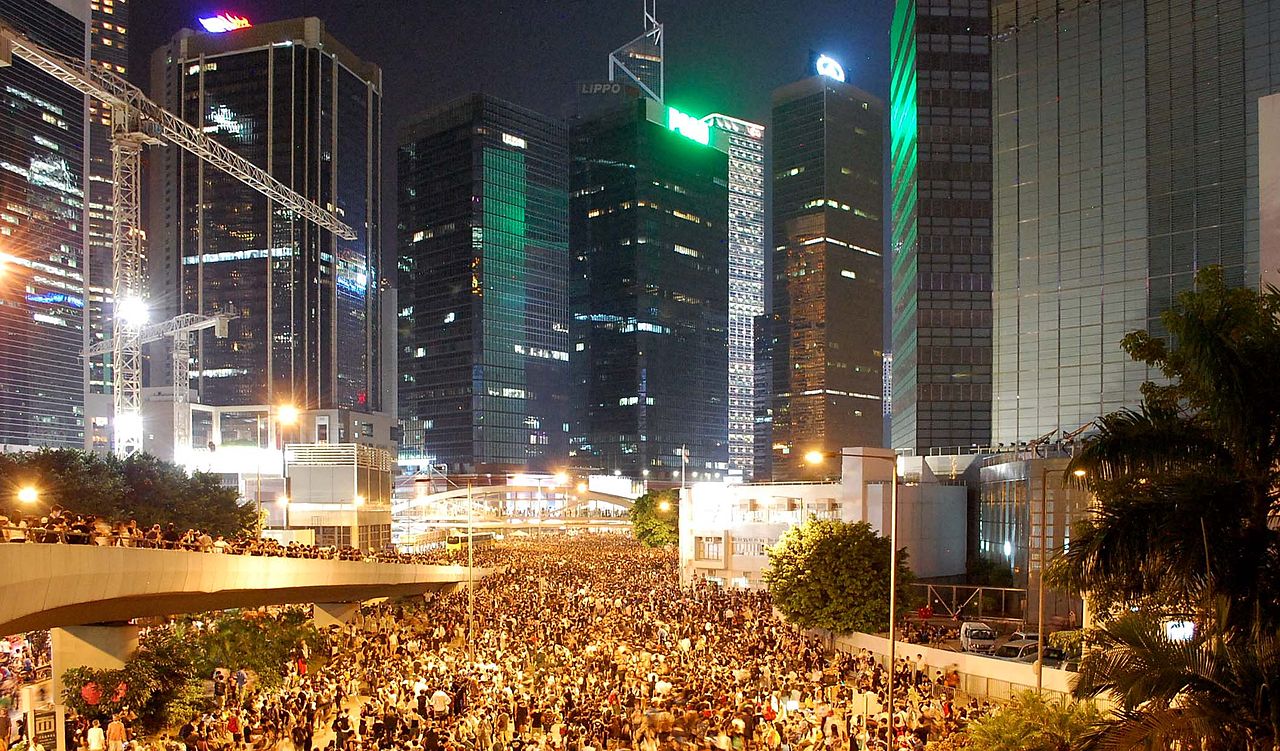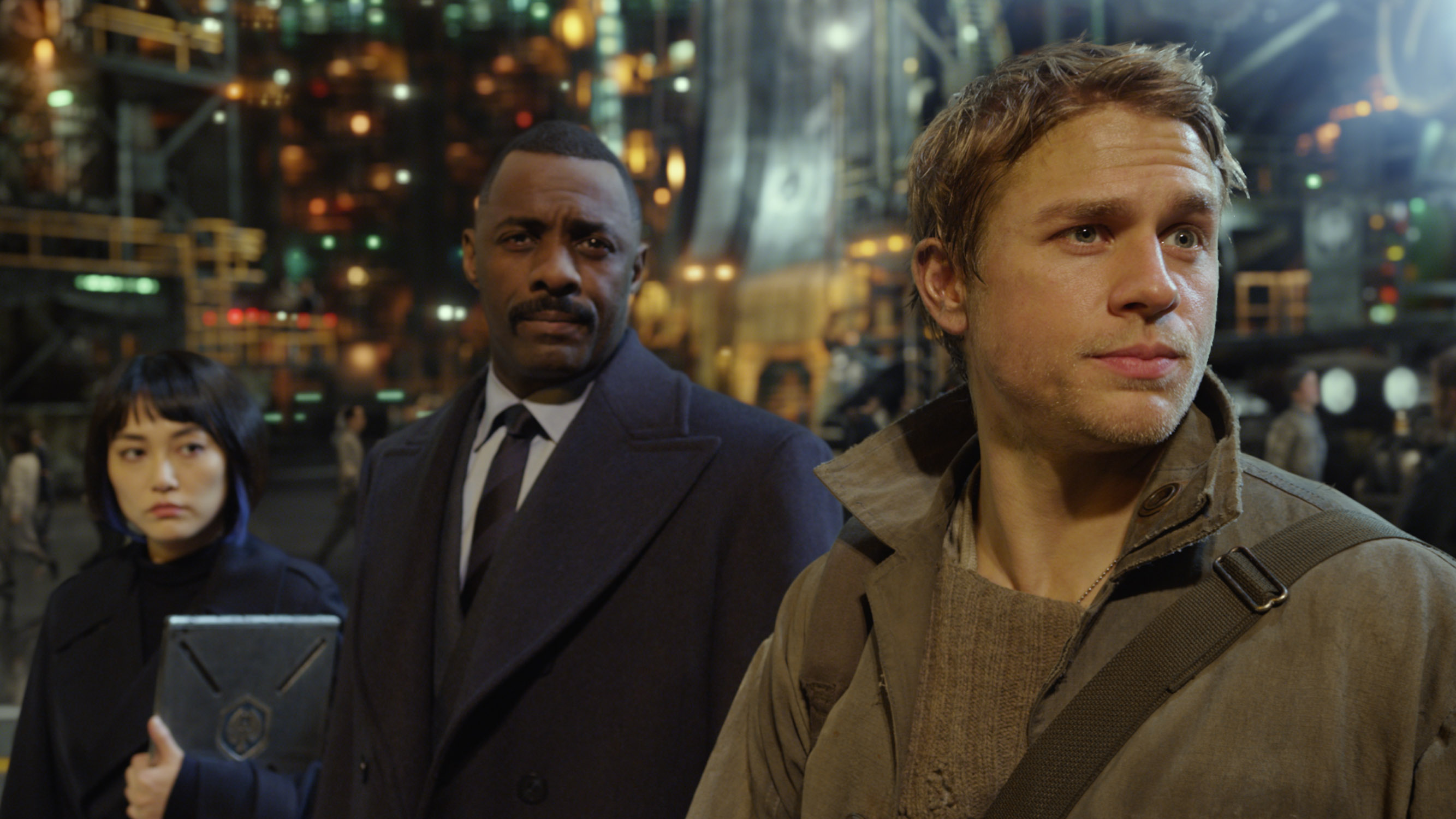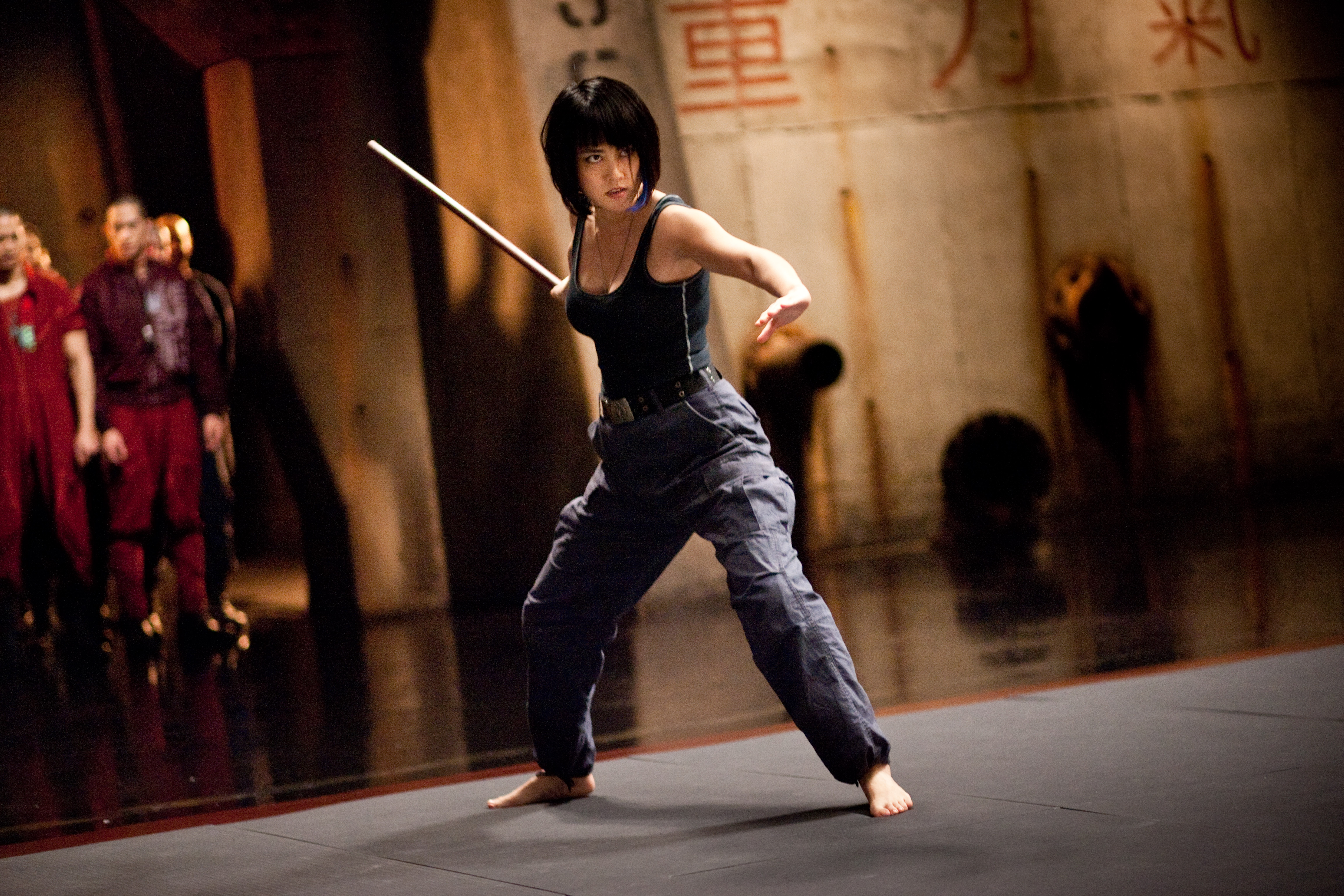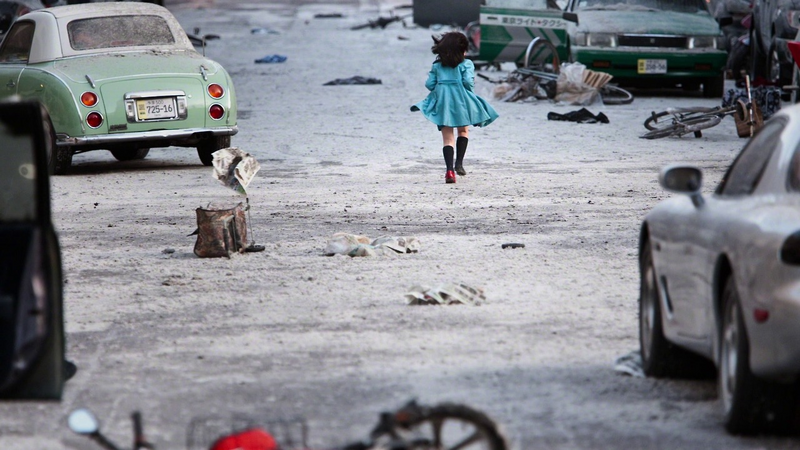 |
| Police leap into action during the Hong Kong riots, 1967. |
Over the Summer I have been working on article on the relation between Chang Cheh's The Assasin (Da Ci Ke, 1967), and the Hong Kong Riots of 1967 - a connection which Chang himself has made repeatedly in articles and in his memoirs. (The 1967 riots are a theme I've mentioned a couple of times here already.) However, just as I have been finishing my article with a view to sending it for publication, it's suddenly developed a new degree of topicality, what with the recent mass-scale protests in Hong Kong, and so I feel I need to do a little more untangling what and whether there is a relationship here. Cue the blog – whose immediacy might help me get together a few first thoughts about 1967 and 2104. Does it make sense to mention both in the same breath?
Of course, the two events were very different – the Hong Kong Leftist Riots of 1967 were, to start with, distinctly violent, and extremist, in contradistinction to the Ghandiist non-violence espoused by the leaders of the current demonstrations, who, in spite of the name "Occupy" which in the West is associated with a rather minority position at the leftmost edge of the political spectrum, are generally clearly very much political liberals.
| Occupation in Causeway Bay, 2014, photo by Citobun, from Wikimedia. CC BY-SA 4.0 license. |
 |
| Sit-in in Harcourt Road, Admiralty, 29/09/14, photo by Citobun, from Wikimedia. CC BY-SA 4.0 license |
The Hong Kong Leftist Riots also developed in a very different context: that of colonial occupation, a systematically racist government, and startling inequality at a time when hundreds of thousands lived in Hong Kong's slums, some 45% were below the poverty line, with little healthcare or educational provision for the poor, and ultimately little protection offered to them by the forces of law and order. And definitely no democracy. [1] Triggered by a series of strikes over labour conditions and pay in Hong Kong's factories, the conflict of workers with the factory-owners and the Hong Kong authorities were escalated by Leftist groups who felt, in the shadow of the Cultural Revolution, that they would be remiss if they did not militate for revolution in the heart of a capitalist, colonial Chinese enclave, and it is clear that their final hope was that the Red Army would step over the border to give them aid, returning Hong Kong to the mainland. The '67 riots were a significant breach of order, and caused a draconian crackdown from the British authorities on Leftist and militant groups – a crackdown that makes the teargas and pepper spray used so far by the police in the current disturbances look decidedly mild. (I very much hope that the state violence against the current protesters does not escalate, though such hopes seem rather unrealistic. We can only cross our fingers.) As cited by Gary Ka-wai Cheung, the author of a book-length study of the 1967 Leftist Riots (Hong Kong's Watershed: The Leftist Riots), the official figures are a staggering 51 dead at the end of the disturbances, and 4,979 arrested. [2] Most of the dead here seem to have been Leftists killed in the police crackdown and in police responses to the riots; however, the movement was a distinctly violent one, turning (in response to brutality from the authorities) increasingly to terroristic means, with a series of bombings bringing the city to a halt and losing the campaign what legitimacy it had with the wide public.
I am generally unclear as to the extent of support for the 1967 campaign. As Cheung draws a picture of it, there was certainly some widespread enthusiasm and sympathy at the start, with regards to the demands of the striking workers, and also fuelled by an unrest at continuing colonial conditions. However, the general Hong Kong populace was suspicious of the extremism of the movement – and increasingly so as it unfolded. However, the scale of the riots seems to have been larger than the support base the Cheung seems to imagine for them, and the testimony he cites of the time suggests a certain amount of (sub-)proletarian rage being vented at the police during the disturbances, suggesting to me that we are not just dealing with a politically isolated pre-Beijing clique of militants, however much these groups may have attempted to steer the events. I find myself wondering whether there may be a kind of split between the polite opinion of the public sphere, to which Cheung seems keyed, and a lower sphere of "mass" response – and I am thinking here of the distinction that Chen Kuan-hsing makes between "civil society" (minjian shehui) and "popular democracy" (renmin minzhu). [3] This popular political sphere may be largely invisible in Cheung's account – but I am not a primary historian of the times and can only speculate on this…
In many ways, then the 1967 riots offer few clear parallels for the present situation, though it's perhaps worth noting that – certainly according to Cheung, who dubs them the "watershed" of modern Hong Kong history – they are the event above any other that established the (limited) freedoms and happinesses that Hong Kong citizens seem to be protesting to protect today. The initial political response to the 1967 riots was strong, with tight censorship over the press and the arts, but in order to forestall more thoroughgoing change, the British administration set about wide-reaching reforms of housing, healthcare and welfare. They established anti-corruption campaigns, started the negotiations with China for the return of Hong Kong, and, with a generally moderate response from the citizens of the island to the Leftists' call to arms noted, they started to introduce forms of public consultation, bringing the Chinese population more squarely into the civic processes of the colony, and fostering the development of institutions of the public sphere. The longer results, then were paradoxical – a society in which politics became something of a taboo, but where new political freedoms and participation were nurtured; the parallel growth of an identity of HK as a separate people to those in the mainland; increased cultural confidence; and the inclusion of poorer people within the economic part of the social contract.
However, one of the things that seems fascinating to me is that within the debates on the current protests, 1967 is so rarely mentioned. Newspapers (and, of course, my main source of information is Western newspapers) will often mention that political disturbances in Hong Kong of the scale of the current one are rare in the island's history, and some even paint them as unprecedented. In this regard – however qualitatively different the two events were – it seems striking that the last political disturbance that rivals (and even outstrips) the current events in scale is so very rarely brought up.
Of course, there are different reasons for this. Within a Western media, "1967" doesn't mean much to readers who have never heard of it. And it's much more convenient to trot out stereotypes of the Hong-Kong Chinese as an orderly, peace-loving and business-minded people, generally not interested in politics. As much as some of this has factual basis, of course, it is also deeply in line with a set of orientalising stereotypes. The idea of these protests as "unprecedented" also plays well into discourses that would like to play up the exceptionalism of this as a moment. Such amnesia would also highlight what is new in the situation – Chinese Communist Party rule rather than the British – and serves to sever links between the present events and continuing traditions of unrest in colonial-era Hong Kong. This allows the Western press to paint a picture of British rule as implicitly benign and free – when in fact, as the 1967 riots highlight, there was certainly no democracy at all for most of the 150 years of colonial occupation, and only minor reforms offered in the final years before hand-over, and it was only serious rioting that forced the British colonial powers to give the mass of ordinary people of Hong Kong any kind of piece of the economic pie.
However, there may also be Chinese reasons why 1967 is rarely mentioned in the discourses around 2014. The historical amnesia about these events has in fact been more generally systematic. Cheung opens his book noting that in the Hong Kong Museum of History there is not a single exhibit or panel mentioning the Leftist Riots. The British government wanted to forget them for obvious reasons. The Communist Party in the mainland was never really behind the riots, and it is far from a glorious episode in revolutionary history for them, either. Plus which, the Party often does not want to foster modern forces of protest and revolt that it may not be able easily to manage.
In the present context, the demonstrators, too, may not want to look back at the Leftists of the sixties as their political ancestors, either: this would involve a certain paradoxical identification with the enemy (with Communists). Such an identification with a violent, and to large extent proletarian moment would also sit extremely uncomfortably with the moderate, liberal values which the current protest seems to embody. For spokespeople or supporters to make these comparisons may well seem like stirring up illegal revolt in a way that they would not like.
An interesting example of 1967-amnesia is a recent quote from Hung Ho-fung offered by a British newspaper, which I found very surprising because Hung is a scholar I respect very deeply, and who has looked into histories of Chinese protest going as far back as the seventeenth and eighteenth centuries, and who has written specifically about the histories of the left in Hong Kong in the New Left Review. [4] From evidence of that article, Hung certainly knows quite a bit about 1967, and has been one of my own key sources in finding out about it. However, here he is in The Guardian:
“This is a watershed,” said Hung Ho-fung, of Johns Hopkins University. “This time people are using civil disobedience and setting up barricades. There’s also the disruptive aspect; in the past, they emphasised that demonstrations would not affect everyday life. This time they really don’t care. I really haven’t seen anything like this in Hong Kong history.” [5]
It's interesting that Hung uses precisely the terms of the title of Cheung's book on 1967 – a "watershed" – to describe the current events. i would be very surprised if Hung does not know of this book, and wonder if it is an unconscious referent in his statement. The idea that disruption is a new thing would seem a striking idea here – certainly it seems new within recent demonstrations, but to then claim that such is a total novelty "In Hong Kong history" seems surprisingly to repress the memory of 1967. Of course, I may be reading far too much into an offhand media interview, and there may be an editor's or journalist's compression creeping in to distort what Hung actually said. He may mean, in his last sentence, simply that the event, as a whole, is a very new thing in Hong Kong – and with some of the major differences between it and 1967 which I've noted above, it certainly is that….
Notes
[1] For more on the situation in Hong Kong, in the sixty , see for example Poshek Fu, “The 1960s: Modernity, Youth Culture and Hong Kong Cantonese Cinema", in David Desser and Poshek Fu (eds), The Cinema of Hong Kong: History, Arts, Identity (Cambridge: Cambridge University Press, 2000), pp. 73-4; Verina Glaessner, Kung Fu: Cinema of Vengeance (London: Lorimer, 1974), p. 15; Hung Ho-Fung, “Uncertainty in the Enclave,” New Left Review, no. 66 (Nov/Dec 2010), p. 57; and of course Gary Ka-wai Cheung, Hong Kong’s Watershed: The 1967 Riots (Hong Kong: Hong Kong University Press, 2009.
[2] Most of the material in this paragraph is drawn from Cheung's account. For the figures in question, see p. 123.
[3] Chen Kuan-hsing, Asia as Method: Toward Deimperialization (Durham: Duke UP, 2010), p. 230.
[4] The article is cited in my note above!
[5] "Hong Kong: More Join Protests as Crowds Are Urged to Keep Going" The Guardian, 29 Sept, 2014, online ed: http://www.theguardian.com/world/2014/sep/29/-sp-hong-kong-protests-more-join-crowds-urged-keep-going-national-holiday (accessed 1 Oct 2014).

















